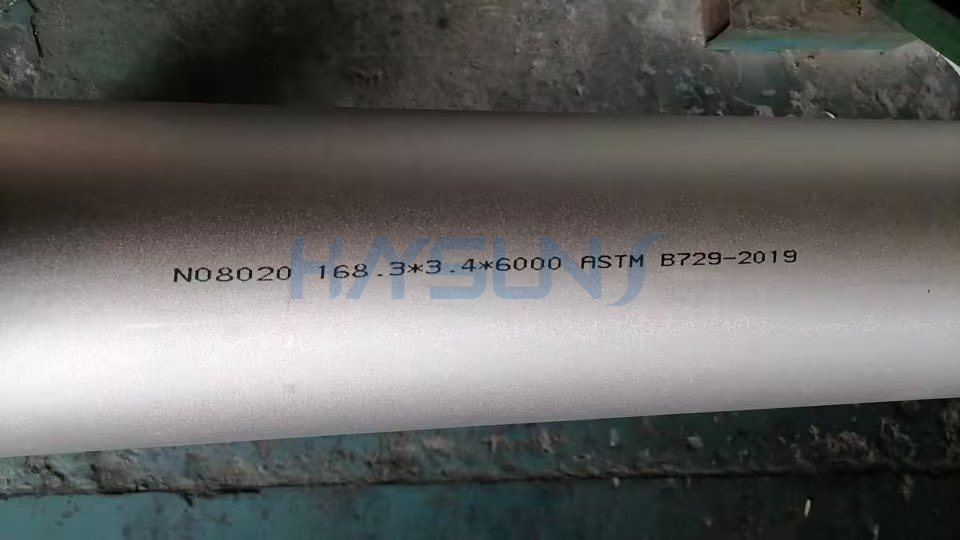China Steel Exports Fall for Second Month in a Row
China’s exports of steel fell sharply for the second straight month in September, a downtrend that is likely to be welcomed by global rivals who have complained about a glut of supplies from the world’s largest producer of the metal.
Exports of steel from China tumbled 22% year-on-year during the month to 8.80 million tons, while imports of copper fell 26% on the year to 340,000 tons. Despite the blip, exports of steel products for the period January to September were still up 2.4% year-on-year.
Analysts say it may be too early to interpret the trend as a fundamental shift in supply and demand.
The dip in exports likely stemmed from temporary production shutdowns to clean up the environment ahead of international events such as the G-20 summit last month, as well as a domestic pick up in housing demand, analysts said.
Imports of iron-ore rose 8% during the month, maintaining a rising trend as domestic output of the steelmaking material slackened amid a lack of competitiveness against large international producers and an antipollution clampdown. Crude oil imports also rose to the highest level this year in September.
“Due to a number international expos and forums being held in China this year, temporary environmental restrictions on steel producers have resulted in some supply squeeze,” says Laura Zhai, director Asia-Pacific Corporates, Fitch Ratings. “Once these restrictions are lifted, supply will increase as most producers will be profitable under current prices.”
As China’s economy has slowed, its overcapacity has increasingly washed up on foreign shores. European and U.S. manufacturers have brought numerous complaints in recent years alleging that their Chinese competitors are exporting steel products at unfairly low prices.
World leaders agreed over the summer that overproduction of steel is a global problem and endorsed setting up an international body to monitor it.
China has responded by pledging to cut 100 million to 150 million tons of steel capacity over the next few years. But with China accounting for nearly 50% of global production, the capacity cut will remove only a third of its excess production. Nearly a quarter of China’s estimated annual steel capacity are excess.
China’s steel production fell by 2.3% to 804 million tons last year, which was the first drop since 1981—just five years after the death of communist leader Mao Zedong—in the world’s largest steel producer. The consensus among analysts was that steel production would fall again thus year by 2.5-5%, but in fact January-August production of around 537 million metric tons is practically flat year-on-year.
Chinese steel mills revived idled capacities as prices rallied through this year because of improved housing demand and government stimulus measures for infrastructure. But that demand has run into headwinds as several Chinese cities imposed measures to cool the market.
To date, around 21 Chinese cities have imposed restrictions on the housing market. “I do expect this to broaden, but the timing is hard to tell,” says Su Aik Lim, senior director Asia-Pacific Corporates, Fitch Ratings.
Few believe that the supply glut would melt away soon and sustain a steel price rally.
“We are unlikely to see a strong upturn in steel prices. There may be some weakness in steel price yet, especially if [the] residential construction sector slows down again,” says Rajiv Biswas, a Singapore-based IHS economist.
By BIMAN MUKHERJI
Collected by buttwelding pipe fittings Kaysuns.com




